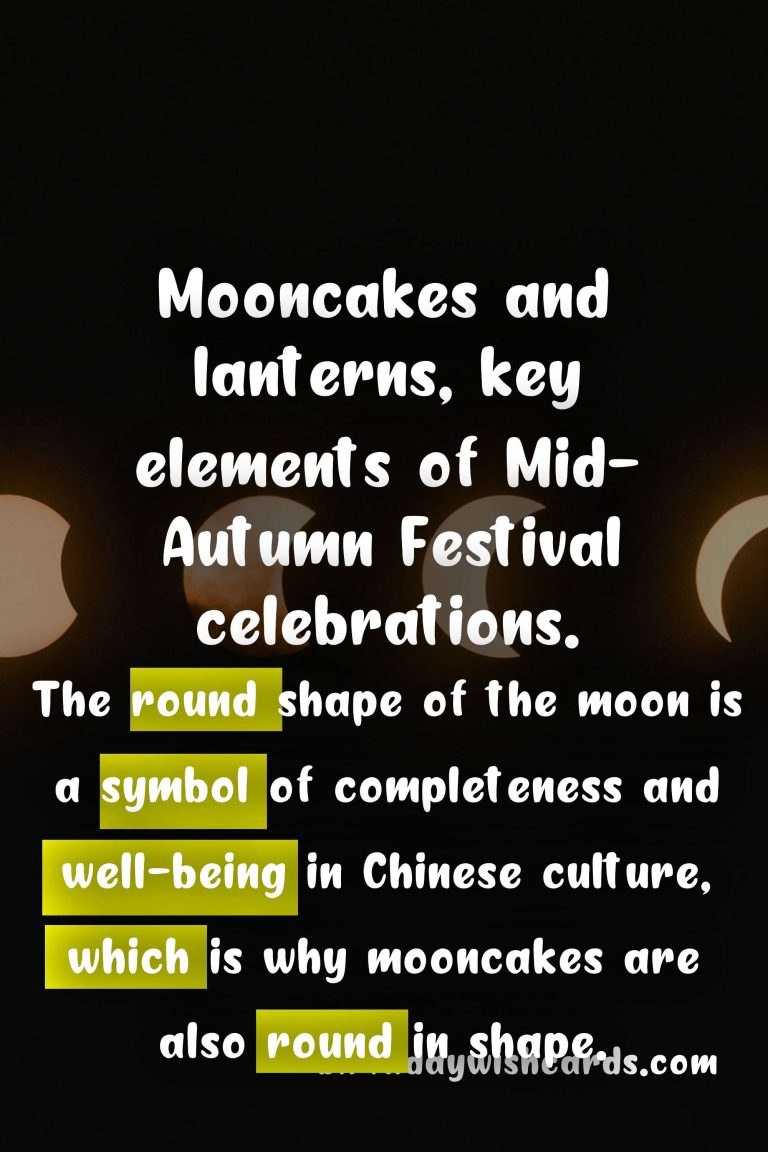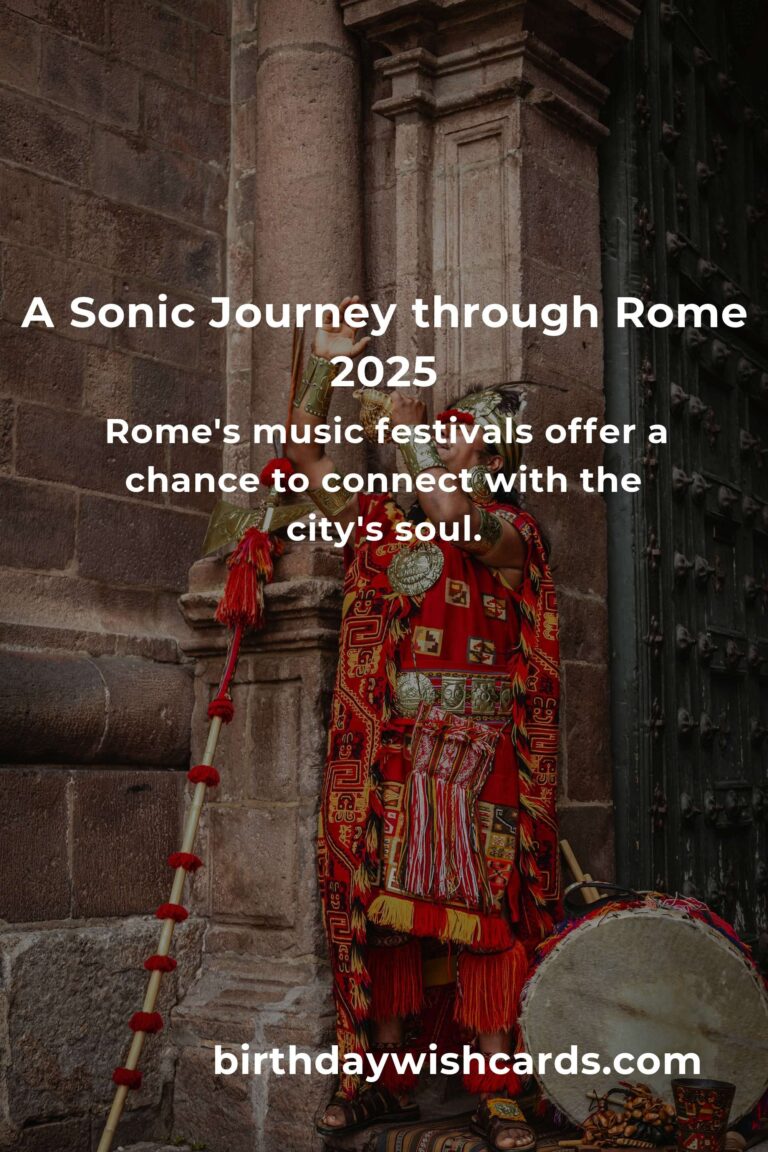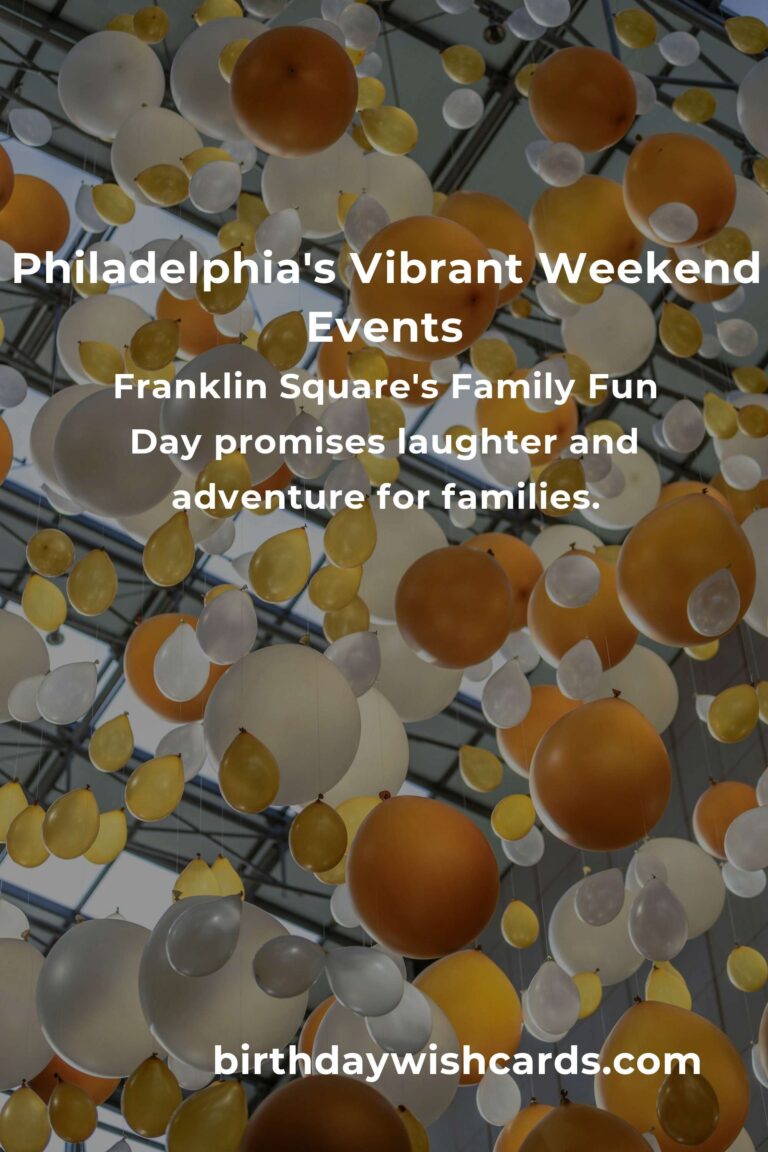
The Celebratory Tradition of the Mid-Autumn Festival
The Mid-Autumn Festival, also known as the Moon Festival, is a beloved traditional Chinese holiday observed on the 15th day of the eighth lunar month—usually in September or October on the Gregorian calendar. Celebrated by Chinese communities worldwide, it is one of the most significant and culturally rich festivals in Chinese heritage.
Origins and Cultural Significance
The festival dates back to ancient times, originating from moon worship ceremonies held by emperors to honor the harvest and pay tribute to the moon. Over the centuries, it has evolved into a celebration centered on themes of reunion, gratitude, and harmony. Rich folklore and mythology, including tales of love, loyalty, and family bonds, continue to shape the festival’s customs and traditions, inspiring generations to come together in celebration.
The Lunar Calendar and Festival Timing
The traditional Chinese calendar is lunisolar, based on both the sun and the moon. As a result, the date of the Mid-Autumn Festival varies each year. The festival is always held on the night of a full moon, symbolizing unity and completeness.
Symbolism of the Moon and Mooncakes
The full moon during the festival is considered the brightest and most beautiful of the year. In Chinese culture, the round shape of the moon signifies wholeness, unity, and well-being. This symbolism is reflected in the iconic mooncakes—round pastries filled with sweet ingredients such as lotus seed paste, red bean paste, and salted egg yolks. These treats represent the fullness and richness of the moon and are central to the festival’s celebrations.
Traditional Customs and Festivities
The Mid-Autumn Festival is celebrated with customs that highlight togetherness and joy:
- Moon-Gazing: Families and friends gather outdoors to admire the radiant full moon, a symbol of reunion and harmony.
- Mooncake Sharing: Exchanging and enjoying mooncakes is a cherished tradition, representing unity and the sharing of blessings among loved ones.
- Lantern Displays: Lanterns are an essential part of the festivities. Homes and public spaces are decorated with lanterns of all shapes and sizes, from traditional paper designs to modern LED creations. Their warm glow creates a magical atmosphere and symbolizes hope and prosperity.
- Moon-Worship Ceremony: Some families hold a ritual offering to the moon, presenting incense, fresh fruit, and mooncakes. This ceremony expresses gratitude for the harvest and wishes for continued blessings and good fortune.
Family Reunion and Feasting
At its heart, the Mid-Autumn Festival is a time for family reunion. Loved ones gather to enjoy elaborate meals featuring a variety of traditional dishes, such as:
- Duck, often prepared with rich, savory flavors
- Pomelos, a citrus fruit symbolizing prosperity and good luck
- Taro, believed to bring good fortune and ward off bad spirits
These festive dishes, paired with mooncakes and tea, strengthen family bonds and celebrate abundance.
The Role of Color and Decoration
Red is the dominant color throughout Mid-Autumn Festival celebrations. In Chinese culture, red symbolizes good luck, happiness, and protection from evil spirits. Red lanterns, clothing, and decorations are prominently displayed, infusing the festival with auspicious energy and vibrant warmth.
Mid-Autumn Festival Beyond China
While the festival originated in China, its influence extends across East and Southeast Asia. Countries such as Vietnam, Singapore, and Malaysia celebrate their own versions, each with unique customs and interpretations. For example, in Vietnam, the festival—known as Tết Trung Thu—is especially focused on children, featuring lion dances and fairy tales.
In recent years, the Mid-Autumn Festival has also gained popularity in Western countries. Cultural organizations and communities host events in major cities worldwide, including lantern parades, cultural performances, and mooncake tastings, sharing the festival’s rich traditions with a global audience.
Modern-Day Significance and Commercialization
Despite the effects of modernization and commercialization, the core values of the Mid-Autumn Festival remain deeply rooted in Chinese culture. While mooncakes and lanterns have become popular commercial products, the festival’s essence—gratitude, family reunion, and reverence for nature—continues to shine through.
The festival is also considered an auspicious time for matchmaking and marriage. Many couples choose to wed during this period, symbolizing harmony and a prosperous future under the full moon’s blessing.
Conclusion
The Mid-Autumn Festival stands as a vibrant testament to Chinese cultural heritage. Its blend of mythology, symbolism, and communal celebration embodies unity, prosperity, and gratitude. Whether through the glow of lanterns, the sharing of mooncakes, or gathering with loved ones beneath a radiant full moon, the festival continues to inspire joy and connection across generations and cultures.
To learn more about the Mid-Autumn Festival and its rich history, visit the Encyclopedia Britannica’s Mid-Autumn Festival page or explore cultural insights on the China Highlights website.




